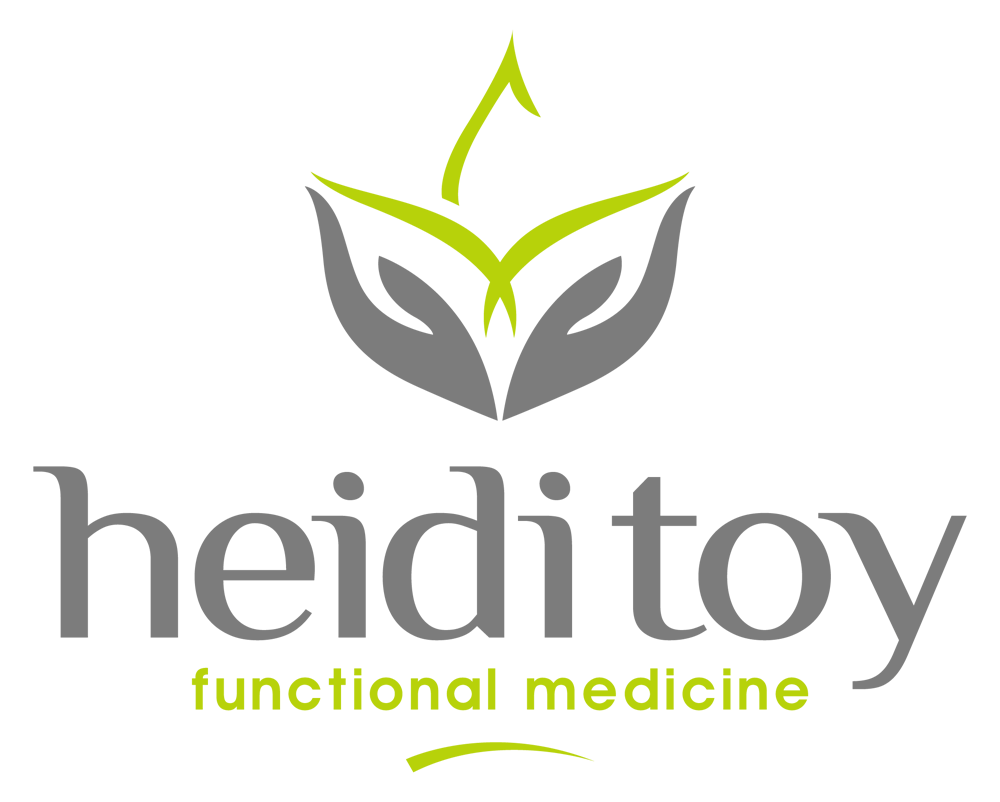Gut Dysbiosis: A Biotic Balancing Act
Understanding Gut Dysbiosis and Microbial Nutrition could be the Key to your Health!
What is Gut Dysbiosis
Gut Dysbiosis (also referred to as gut dysbacteriosis, though that term is not as complete) is a harmful imbalance in the microbiota (these are symbiotic bacteria in humans and other microscopic organisms who are residents of your own internal microbiome) of the gut. Gut dysbiosis can have profound and far-reaching effects on general health, as it directly affects (among other things) what nutrients you get out of your food and the processing of toxins.
Gut Dysbiosis can have profound and far-reaching effects in the body, as the reduction in nutrient availability and increased toxin levels can have a multitude of implications (everything from deteriorating nerve cell health to DNA irregularities to heart issues). For example, the microbiome is crucial in producing vitamin B12, which requires enzymes only present in the microbiota to be made available.
Gut Dysbiosis and Leaky Gut Syndrome (LGS)
These preliminary effects are, however, only the start of the issues. Gut Dysbiosis, in time, can lead to leaky gut syndrome (LGS), making a bad situation worse.
A disturbed microbial balance can expose the epithelial cells (the lining of the gut) to very unfavorable conditions (in which they will inflame and deteriorate). Furthermore,
some patterns of dysbiosis can lead to hidden inflammation (or silent inflammation, as it often occurs without clear symptoms of its own), which also
harms epithelial structure.
Now these toxins and general nasties which are not being effectively handled by the microbiota can take advantage of increased intestinal permeability (imagine tiny holes in the wall of the intestine, just big enough for said nasties) that comes hand in hand with epithelial degeneration to get direct access to blood vessels. That’s rolling out the red carpet. Once they get in there, depending on what they are, a wide array of effects can unfold, including the
development of autoimmunity.
Symptoms and Signs of Gut Dysbiosis
Gut dysbiosis can have many symptoms but also may be totally silent or may have symptoms that overlap with other issues. There are very few things in the body that gut dysbiosis (primarily through its contribution to leaky gut, but also through the absence of crucial parts of the microbiome directly) cannot affect and disrupt.
Common symptoms include:
- Chronic Fatigue (my specialty issue, if this is you, then book in a discovery call, and let's take your life back).
- Abdominal Pain.
- Bloating and gas (it is often linked to the colloquially termed gluten belly).
- Psychological changes such as reduced concentration.
- Digestive Problems (tying back to leaky gut and hidden inflammation).
Dysbiosis symptoms in females can expand to include things such as vaginal infection and female hormone imbalances.
Gut dysbiosis has further been linked to conditions such as
obesity, heart disorders, IBS, and Diabetes.
Sounds pretty bad, right?
Is there a Cure or a Fix for Gut Dysbiosis
There are rarely quick fixes in matters of health, and gut dysbacteriosis is no different. It is highly bio-individual, and in all likelihood, the best thing for you to do is to take a gut dysbiosis test and evaluate your personal gut health.
There are many different tests that help identify gut dysbiosis. These are generally stool and urine sample tests of one kind or another. Your test will almost certainly check for acids that certain bacteria produce to determine your microbiome's makeup. From here, you will be able to determine, generally with the advice of a skilled practitioner, how to heal dysbiosis by precisely rebalancing your microbiota and beginning your road to recovery by administering microbiome support.
A more homebrew way to analyze your gut health is using the Bristol Stool Chart. The shape of your poop matters and holds critical information about the behavior of your intestine and
microbiome. Ideally, you are looking for a 2 or 3 on the stool chart to indicate a rich presence of microbiota. This is no replacement for proper testing but does help as a cursory indicator or a tool for regularly re-evaluating your gut health.
What Treatment is Available for Gut Dysbiosis
Gut Dysbiosis treatment is predominantly behavioral. No drug can cure dysbacteriosis of the gut, and indeed the use of medication, such as even short-term antibiotics, can be a cause of the problem in the first place. Meanwhile, microbiome support supplements, microbiome diet supplements, nutraceuticals, and probiotic pills may have an effect but tend to fall short of their more natural counterparts.
The primary way to treat gut dysbiosis will be through a carefully designed diet and routine. This will have certain characteristics which are almost always applicable, such as avoiding sweeteners and promoting insoluble fibers. Fiber is vital to microbial nutrition. If it is bio-individualized, it will also have details totally personal to you. Sticking to your meal plan is essential, as it can be challenging to change the microbiome without consistency. All these microbes are in competition, and without your continued support until a particular specific colony can stand its ground alone, any progress is acutely vulnerable to being undone.
For general probiotics, fermented “living” foods, such as kimchi, and drinks, like kombucha, are superior. Even still, be careful with the seduction of the probiotic. IT IS NOT ENOUGH TO HEAL YOUR MICROBIOME. You almost certainly need broader microbiome support and microbiome nutrition to bring balance to the gut.
Your microbiome can also be affected by less direct and obvious factors,
such as stress. Stress is a real killer, and I talk about it at great length as one of the major obstacles to a healthy, energized life. Stress involves hormonal fluctuations, which can change the environment within the body, promoting certain microbes over others. This leads to the broader imbalance we see in gut dysbiosis. Taking measures to manage your stress will help you bring balance.
Finally, while there are no miracle pills, some modest credit must be given to the gut support supplements (emphasis on the “supplement”; these are no replacement for a proper plan of action), which can help reduce dysbiotic occurrences in the gut and get your microbiome back on track to fulfilling it’s symbiotic functions properly. These probiotic supplements are generally best used when targeting a very specific component of the microbiome, as their only real advantage is specificity. This is one of the reasons why they tend to fall short when used generally, compared to fermented “living” foods.
To get to grips with your microbiome, consider embarking on a journey of healing with my course EnergyRx. In it, I do a specific deep dive on healing the microbiome and give you some great tools which can help you reclaim your energy and well-being!
Book in your discovery call today to find out if we are a good fit.
Bringing Balance to the Body, Not Destroying It
Often we can be lulled into a false sense of security, somewhat ironically, by the messaging regarding healthy diets we see in the media. We think, “Aha! So as long as my macros are okay, this ship is gonna float”, but not so. These facts about the microbiome and, specifically,
gut microbiome facts tell us otherwise. The macro matters, of course, but the micro also matters, and we need to pay attention to the microbiome balance to avoid destructive health implications of such consequences of Gut Dysbiosis as Leaky Gut Syndrome.
Don't Miss Out On More!

Heidi Toy FNTP
I help people all over the world heal by identifying and treating the root cause of their body imbalances. Through diet and nutrition, I guide them towards wholeness and balanced lives.
Heidi Toy Functional Medicine Blog














































































































